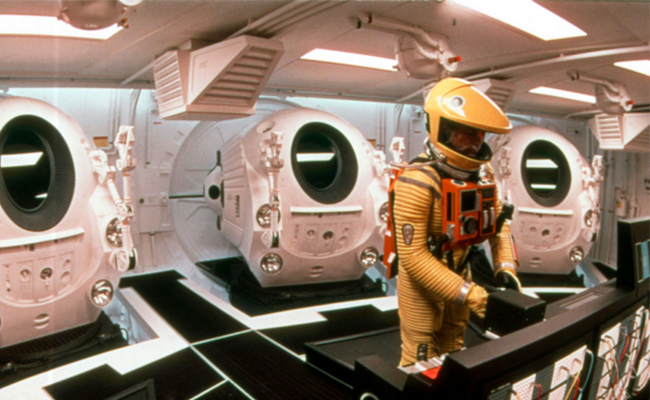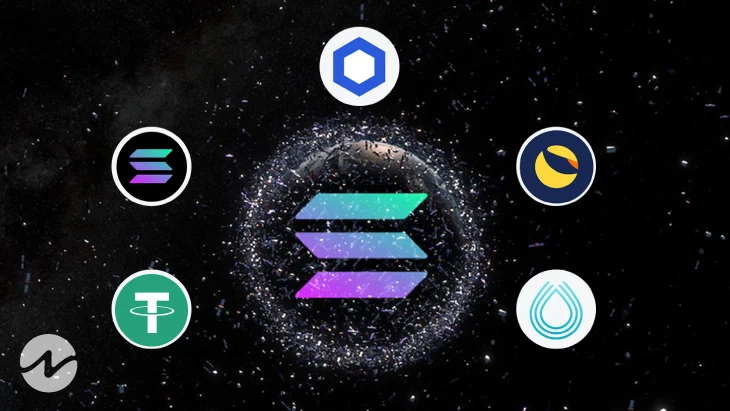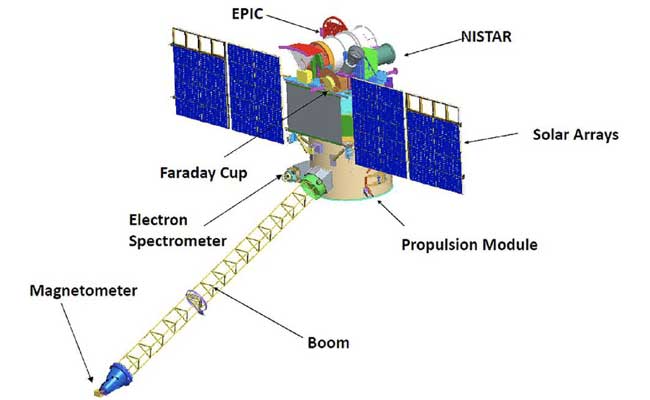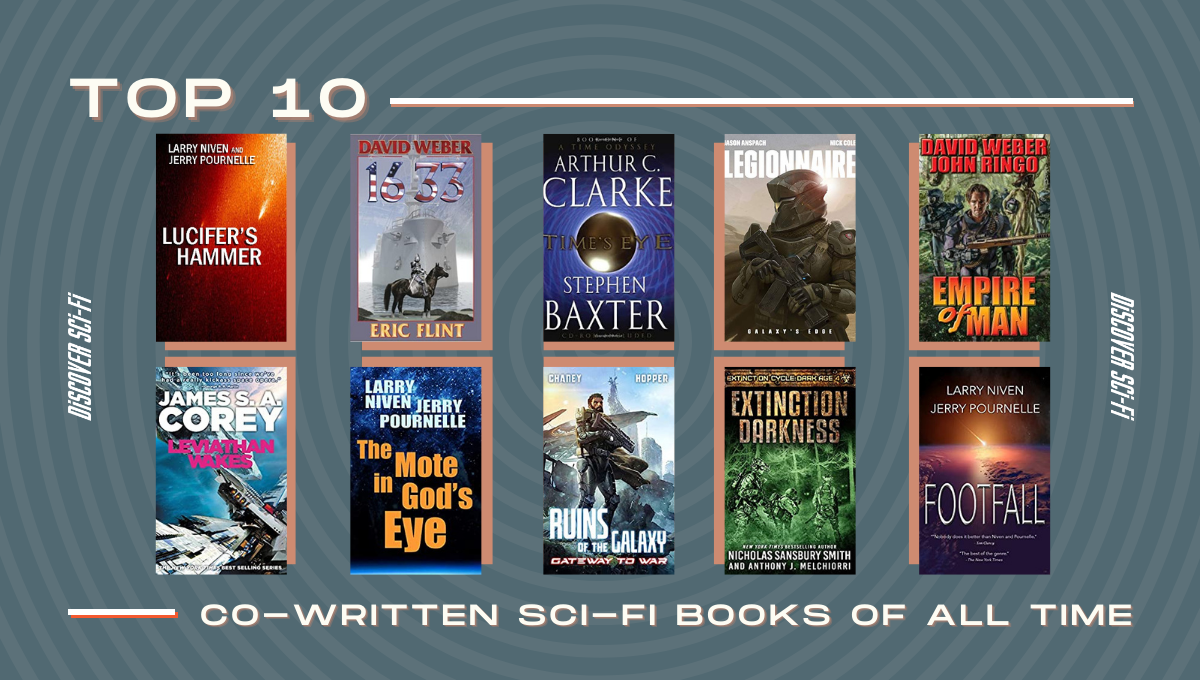Speculative Technology in Science Fiction: Exploring the Imagined Possibilities
Science fiction has always been a popular genre for exploring speculative technology, imagining the possibilities of what could be achieved through technological advancements. From time travel and teleportation to interstellar travel and artificial intelligence, science fiction writers have been creating futuristic worlds that push the boundaries of what we currently understand about technology. In this article, we will explore some of the most popular examples of speculative technology in science fiction, the impact they have had on popular culture and the potential for these ideas to become a reality.
What is Speculative Technology?
Speculative technology refers to technology that has been imagined in science fiction but does not currently exist. These are often inventions or ideas that are beyond the current capabilities of science and technology, but are based on theoretical concepts or scientific principles. Some examples of speculative technology in science fiction include teleportation, time travel, faster-than-light travel, and artificial intelligence.
The Impact of Speculative Technology on Popular Culture
Speculative technology has had a significant impact on popular culture, inspiring and influencing the development of new technologies and inventions. One of the most popular examples of this is the Star Trek franchise, which has been credited with inspiring the development of the cell phone and tablet devices. The iconic Star Trek communicator, a small handheld device used by characters to communicate with one another, is often cited as the inspiration behind the development of the modern-day smartphone.
Another example of the impact of speculative technology on popular culture is the idea of artificial intelligence. The concept of intelligent machines has been explored in science fiction for many decades, with stories such as Isaac Asimov’s “I, Robot” and Arthur C. Clarke’s “2001: A Space Odyssey” presenting different ideas and possibilities for the development of artificial intelligence. Today, AI is a reality, with machine learning and deep learning technologies being used in a wide range of applications, from speech recognition and image processing to natural language processing and self-driving cars.
The Potential for Speculative Technology to Become a Reality
While many of the technologies imagined in science fiction may seem like far-off dreams, some of them may eventually become a reality. The development of technology often starts with an idea or concept that may seem impossible at first but becomes a reality through continued research and development.
One example of speculative technology that is quickly becoming a reality is the idea of self-driving cars. While the concept of autonomous vehicles has been explored in science fiction for many years, it is now becoming a reality, with companies such as Tesla, Waymo and Uber developing autonomous driving technology. Self-driving cars have the potential to revolutionize transportation, making it safer and more efficient, and could have a significant impact on the environment by reducing carbon emissions.
Another example of speculative technology that is becoming a reality is the idea of space exploration. While science fiction has been exploring the idea of interstellar travel for many years, significant progress has been made in recent decades in the development of technologies for space exploration. This includes the development of reusable rockets, space habitats and propulsion systems that could make long-distance space travel possible in the future.
The Role of Science Fiction in Inspiring Innovation
Science fiction has played an important role in inspiring innovation and technological advancements. Many of the technologies and inventions that we take for granted today were once imagined in science fiction, inspiring researchers and engineers to turn these ideas into reality.
One of the ways that science fiction inspires innovation is by presenting new ideas and possibilities for technology. By imagining the possibilities of what could be achieved through technology, science fiction writers inspire researchers and engineers to explore new concepts and technologies that could lead to significant advancements.
Another way that science fiction inspires innovation is by creating a vision of the future that inspires people to work towards that vision.
![]()





